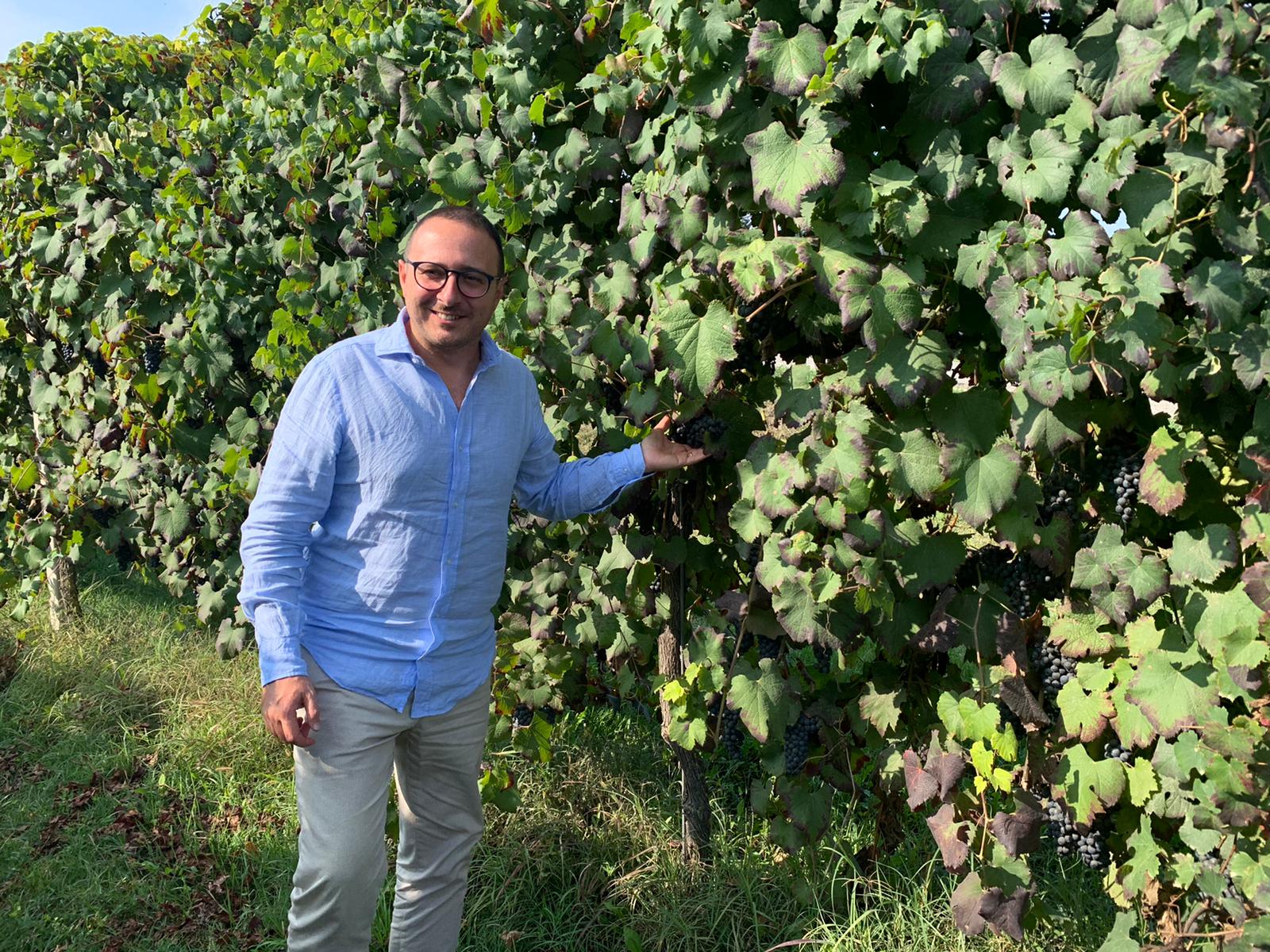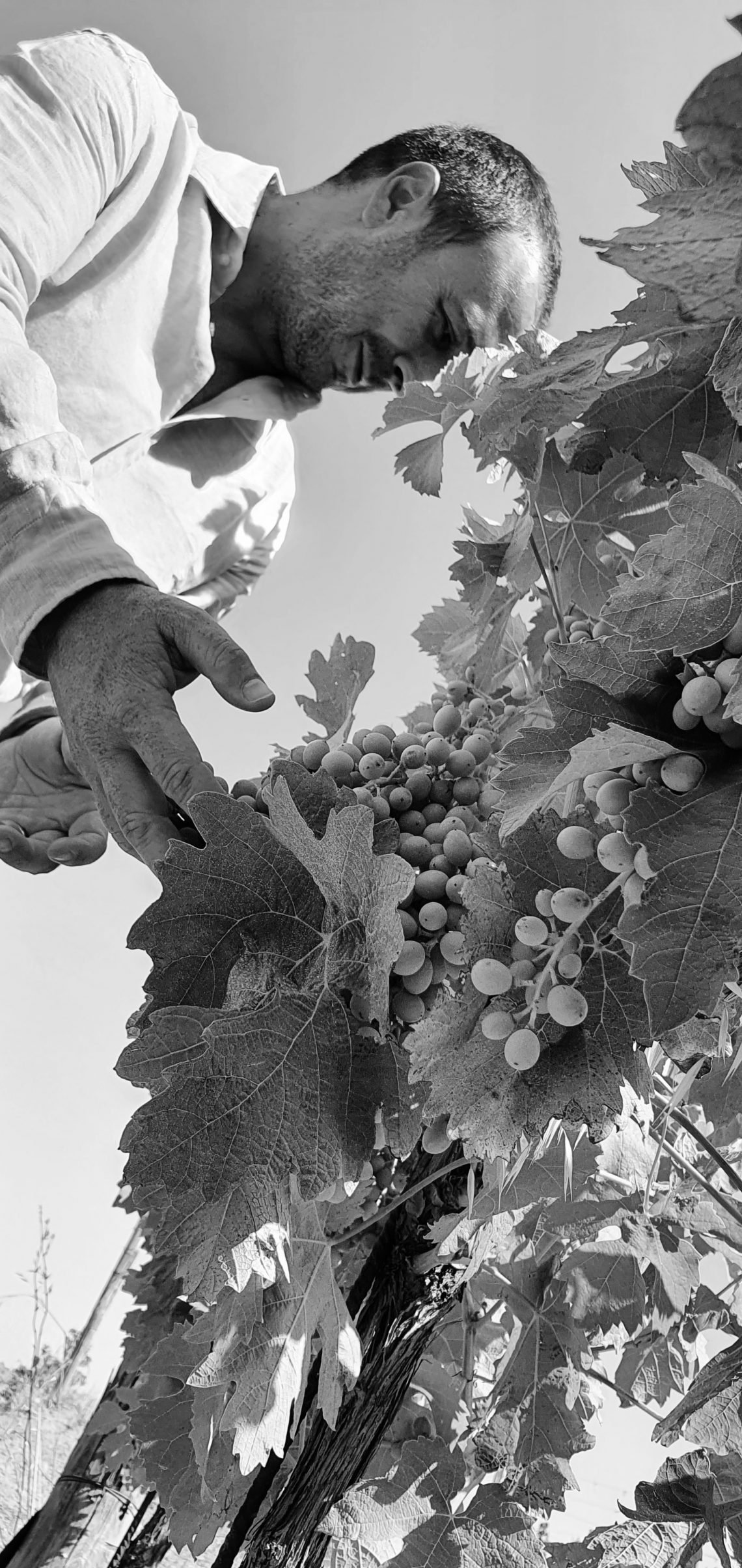The Wolf Post, supported by a Cultural Association, offers a professional service with free access, without subscription.
For this reason, a donation would also be a sign of appreciation for our work.
The primary goal of an oenologist is to be able to give the owner of the winery and, therefore, also to the final consumer, the “perfect wine”, enhancing and optimizing the fruit of the gods: the grapes.
Does the “perfect” wine really exist? Someone has defined the perfect wine as that which meets the favor of producers, others that of consumers. There are also those who argue that the perfect wine is the one without defects. Yet, we know that, sometimes, a small imperfection can turn into an added value, an example of all “bretted” wines, loved and hated at the same time.
By adding a new chapter to the column, which gives a voice to winemakers, we turn to the most authoritative source to understand if the perfect wine exists and to what extent.

© Luca Cantelli Enologo
Who better than an oenologist can know the fatigue and the many variables that affect the production of wine from the vineyard to bottling. Yet, often, the most ruthless judgments about wine come from those who only taste the final product without having witnessed the entire production process. For this reason, only an oenologist can really know if there is a “perfect” wine and when it can be defined as such, according to his experience.
I believe that for an oenologist the synergy between the vine, the territory, the passion and the strategies used to produce it, can make a perfect wine; non-standardization and the absence of defects certainly exacerbate this. Unfortunately, those who only taste the final product, not knowing the fatigue and all the production variables, have a partial vision of that wine.
Is there a defect that you are particularly afraid of?
I would say that some are the defects that can create discomfort: oxidation, brettanomyces and sensory deviations caused by low quality cork. I am not referring to the cork taste caused by anisoles (tca, tba, …), which is easily recognizable and less and less present, but to the multitude of possible aromatic deviations that cork can transfer to the wine (about 60 possible interferences), which are difficult to identify. even by experienced consumers who may suggest a low quality of wine, when the “responsible” is the cork.

© Luca Cantelli Enologo
What are the operations, or strategies, that you implement to prevent this problem from arising?
Periodic visits to the cellars, continuous tastings, choice of personalized vinifications from grape to grape, cleaning and hygiene of the cellar are fundamental strategies to avoid defects. The sensory deviation caused by low-quality cork can be managed and contained by relying on the few real cork producers in contact with university and research centers that can guarantee the most modern techniques for collecting, storing, sanitizing and processing cork and that have the complete traceability from the forest to the finished product, as happens with high quality wines.

© Luca Cantelli Enologo
Your thoughts on “Brett” wines: are they undoubtedly defective wines or are they an interesting experience?
Bretted wines are defective and the perception of the defect depends on the concentration of the responsible substances and varies from wine to wine. Furthermore, the perception threshold is subjective and the sensitivity of consumers does not correspond to that of winemakers, many in fact consider it as a character of the territory, but this is not the case. Hygiene in the cellar and microbial control strategies, with the help of antagonistic yeasts such as Metschnikowia pulcherrima, contribute to the elimination of this problem in the cellar and on the grapes.








